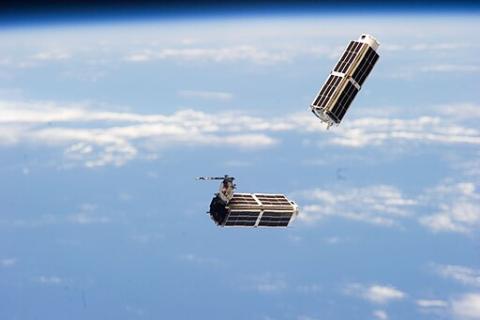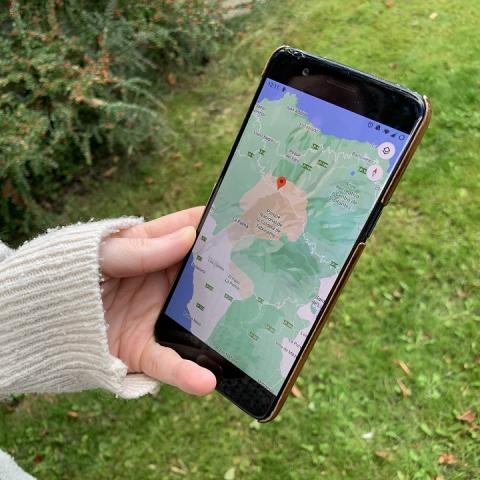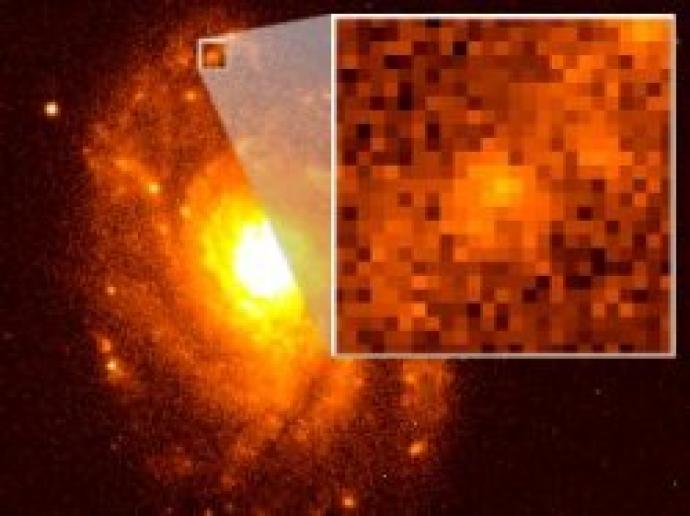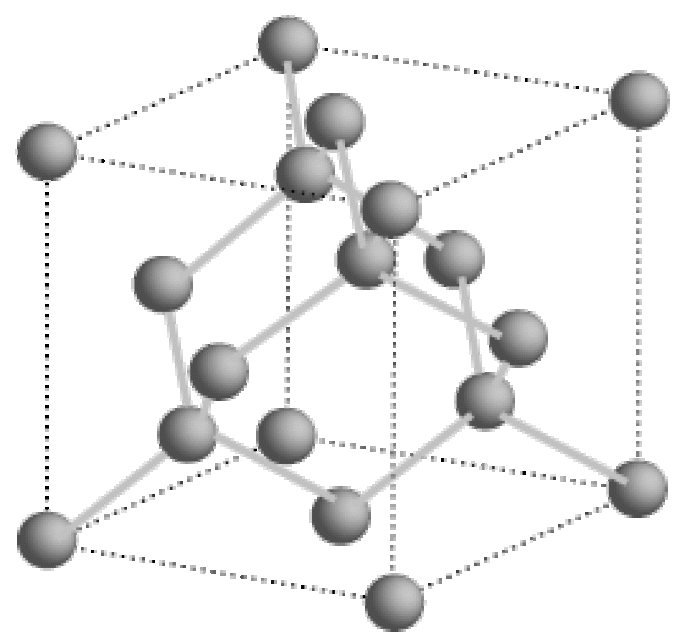Supercomputers
Supercomputers are types of computers which work together to act quickly.
They are often called high-performance machines. This is because they are able to process data a million times faster than the best desktop computers.

Space Ports
Spaceports are just like airports or shipping ports, but for spacecraft.
They are places that will launch, and maybe even land rockets.

Space Probes and Robots
Since the 1950s, humans have sent robots and space probes all over the Solar System.
The Voyager probes have even gone beyond our Solar System into open space!

Uses of Satellites
Satellites are useful in lots of ways. They look at the Earth as well as space. They also help us in our the daily lives.

Data
Astronomers take images with telescopes because they want to use them to do science research.

Semiconductors
Semiconductors are an important part of CCD cameras (Charge-coupled Devices). They help to convert light into a current in the technology.

Space in Your Life Game
You may be aware that space exploration requires lots of technology, but did you know that some of that technology is used back on Earth to make people's lives better? Match the pairs to learn about the space technology in your life!
Make Your Own Spectroscope
Spectroscopy involves splitting light into its different wavelengths. Each chemical element emits or absorbs a unique spectrum&n
